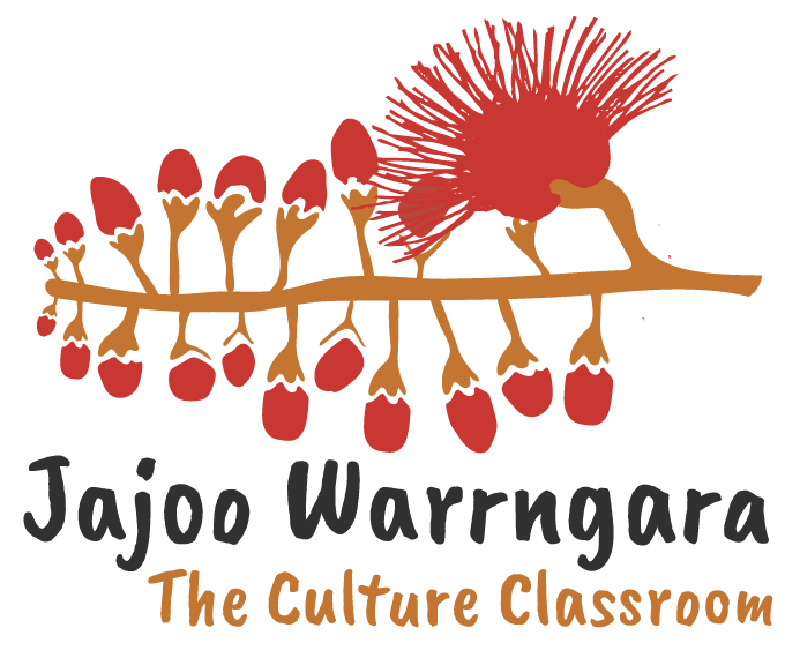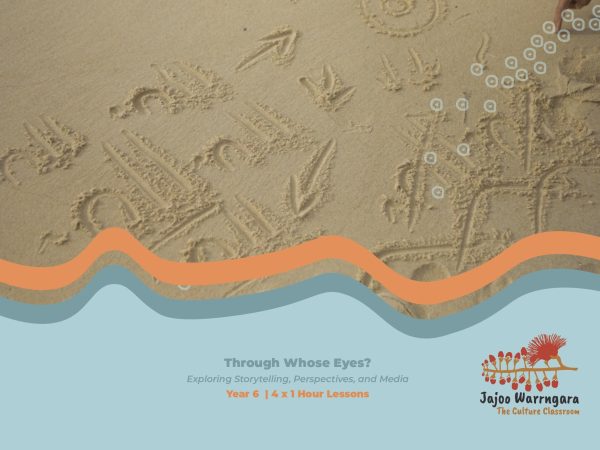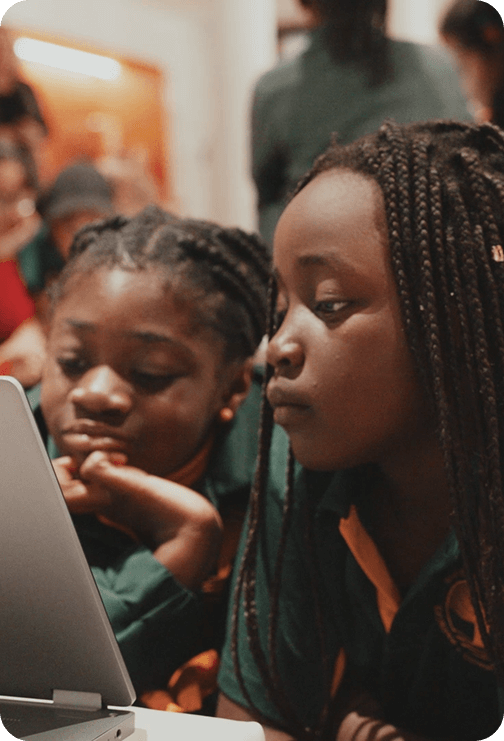Learning Areas
Media Arts | Drama | English
In this unit
In this unit students will watch the Yuin story Two Women and a Dingo, and reflect on how storytelling conveys insights about place, history, and cultural values. Students will analyse modern media, researching and comparing news stories to identify bias. Students will script and perform their own news stories. This unit supports students in critically evaluating media and understanding the impact personal perspective can play in information sharing.
This unit includes:
Learning Areas
Cross Curriculum Priorities
Aboriginal and Torres Strait Islander Histories and Cultures
General Capabilities
Related Units
Unit Content











